Wholesale electricity prices on Australia’s eastern seaboard went through the roof this past weekend as homes as businesses pumped their air conditioners in an attempt to stave off the brutal and unprecedented summer heat. What are the implications of high spot prices for solar PV systems large and small in Australia?
High temperatures –> high electricity demand –> high electricity spot prices
Although the entire country had its share of the heat over the weekend, New South Wales was host to some of the most extreme temperatures. Before Friday, the average temperature for the state had never risen above 42C, according to the Sydney Morning Herald, citing the Bureau of Meteorology – but both Friday and Saturday saw the mercury rise in excess of this bemchmark. Meanwhile, places like Richmond and Ivanhoe saw the mercury climb to over 47C at the peak of the day. As electricity demand skyrocketed on account of the widespread use of energy-sucking air conditioning units across the state, so did the wholesale electricity spot price on the National Electricity Market (NEM).
The National Electricity Market (NEM): A quick explainer
Geographically, the NEM covers the lengths of Australia’s eastern seaboard – extending north to south from Queensland to Tasmania, and east to west from the cost to the interior of South Australia. Depending on anticipated demand, energy generation plants can bid into the NEM at 5-minute intervals; prices from these intervals are then averaged into half-hour blocks called trading intervals.
From here it gets a bit complicated, but in essence, all of the generators who successfully bid for a given trading interval in will be paid the spot price for their contribution. The spot price on the NEM is capped at $14,000 per megawatt-hour (MWh) – equal to $14 per kilowatt-hour (kWh). This limit is in place as a precaution that prevents prices from spiralling out of control, and it is quite rare for this cap to ever be reached.
If you are an ordinary household or business, you do not feel the brunt of high spot prices directly. This is because the job of your electricity retailer is to take on the risks of volatile spot prices and deliver you the predictable rates that you see outlined on your monthly or quarterly bill. For electricity consumers, increases in wholesale electricity prices are felt in the form of a gradual rise in ‘consumption charges’ as opposed to the half-hourly peaks and troughs that can occur on the NEM.
Solar production and electricity demand throughout the day
Spot price spikes tend to occur on weekdays in the morning or late afternoon – when households use the most electricity. These peak times often coincide with the beginning and end of the ‘solar window’ – the period during there is sunlight shining and solar panels are able to produce power (as per the example from a home below).
An example of how typical household electricity demand coincides with energy generation from a rooftop solar PV system.
With sizeable amounts installed in New South Wales (and the rest of Australia), solar plants large and small have come to significantly reduce the amount of energy required from large-scale generators like coal & gas plants on the NEM during the daylight hours. Meanwhile, as solar’s contribution to demand begins to peter out in the afternoon, other generators must switch back on again to make up for the decline. This phenomenon is widely referred to as the ‘duck curve’ because of the shape it makes when mapped out on a chart (e.g. the graph below – an example from California).
An example of the solar ‘duck curve’ from California. The blue line shows what electricity demand would look like without solar (or wind) on the grid, while the orange line shows what demand looks like with it. The shape of the orange line resembles the curve of a duck’s back. In Australia, spot prices loosely follow this pattern. (Image via Wikipedia.)
Spot prices in NSW hit the $14,000/MWh ceiling last Friday (!)
On Friday 10 February – when the media were in a tizzy about the possibility of rolling blackouts for the state should electricity supply outstrip demand – electricity spot prices shot out up to about $13-$14/kWh ($13,000-$14,000/MWh) for the 1.5 hours between 5:30 and 7:00pm (or 4:30 and 6:00pm in ‘NEM time’, which doesn’t account for daylight savings). Any NEM-registered electricity generator over 5 megawatts (5MW) would have received these rates for any energy they put into the grid during this time. Spot prices on either side of this period were also high – at about $3.70-4.70/kWh ($3,700-$4,700/MWh).
For reference, the average spot price in NSW for February 2016 (last year) was about $0.038/kWh ($38.8/MWh), and the highest price seen for that month was $0.287/kWh ($287/kWh). The events of 10 February 2017 are definitely noteworthy.
NEM spot price in NSW between 2:00 and 7:00pm on 10 February 2017.
How can solar generators take advantage of spot price spikes?
As noted above, the solar duck curve means that the highest price spikes on the NEM tend to happen just as solar production is ramping up or ramping down. As fans of solar (as we obviously are), we’d like for solar power to be able to meet the extra bit of demand – which is already nearly within arm’s reach.
Meanwhile, from a financial perspective, we’d like for solar power system owners to benefit financially from the price spikes when they occur. What’s a solar system owner to do? Below, we look at the possibilities for solar farms as well as standard rooftop solar systems.
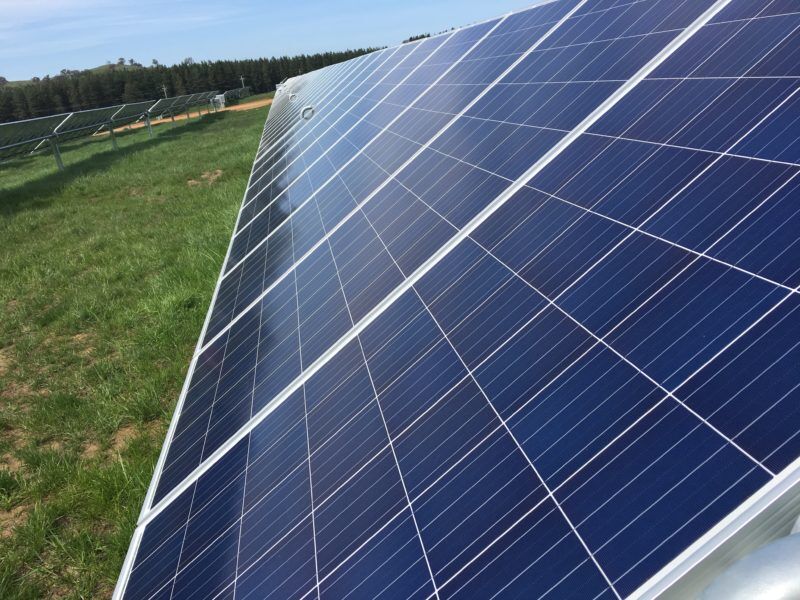 Large-scale solar farms
Large-scale solar farms
Large-scale solar farms are the new frontier in Australia, with numerous plants in excess of 5MW (and much larger) slated to be built in the next few years. Because solar panels cannot be instantly ‘fired up’ the way fuel-based generators (like gas or coal) can be, there’s little that a standard, fixed-tilt solar farm would be able to do to actively (or even passively) take advantage of spot market price spikes. Here are three approaches that may be deployed:
- Solar tracking: Below are two screenshots from RedDolphin’s PocketNEM app from 9-10 February 2017.
- The first shows the energy produced by the Broken Hill Solar Farm in NSW, which does not have tracking; as can be seen in the second green hump, this solar farm was unable to capitalise off the afternoon price spike mentioned above (and represented by the white line in the chart). (Admittedly, appears that production from the farm was clipped – probably by incoming cloud cover – around the time of the spike, but it also appears that production would have been declining at that point anyhow.
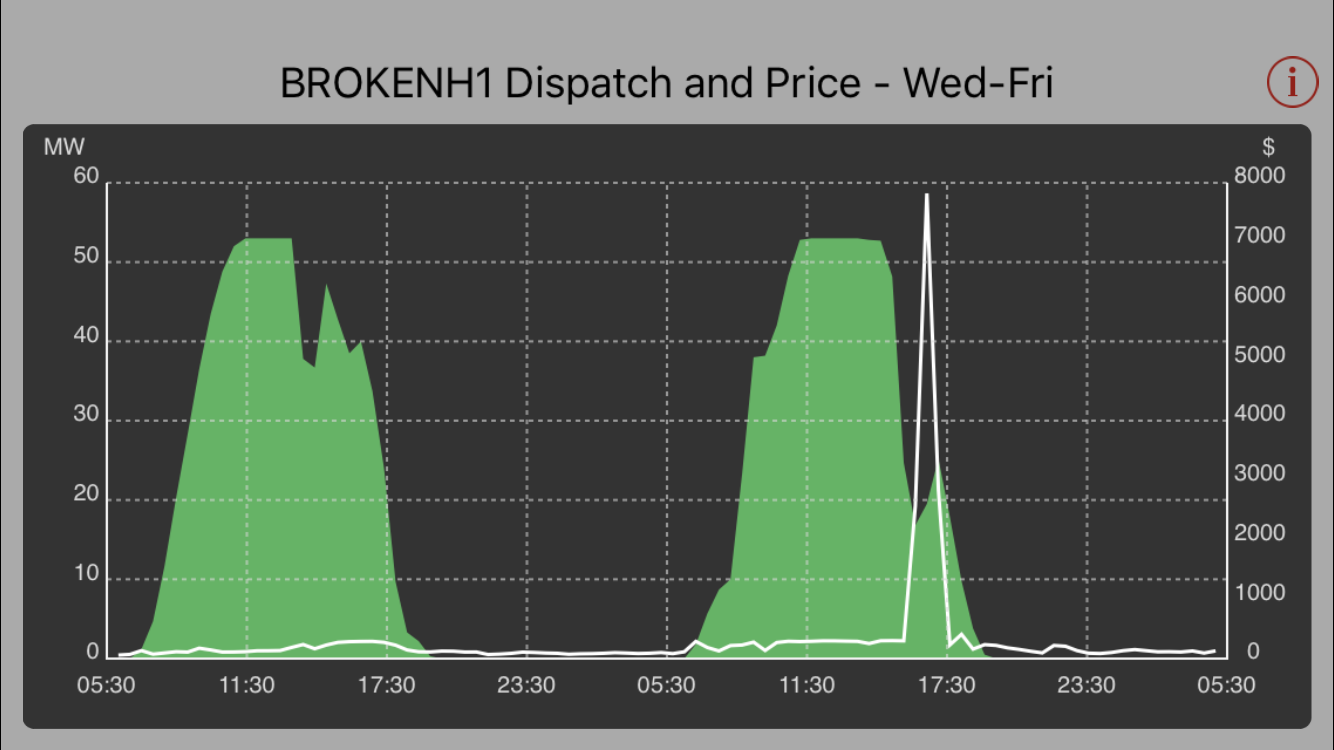
- The second screen shot shows production from the Moree Solar Farm, which uses a single-axis (east-west) tracking system by NEXTracker. With the tracking system ‘flattening out’ production for the day (note the relatively flat production curve as opposed to that of chart above), the farm continued to produce energy well into the high-price event.
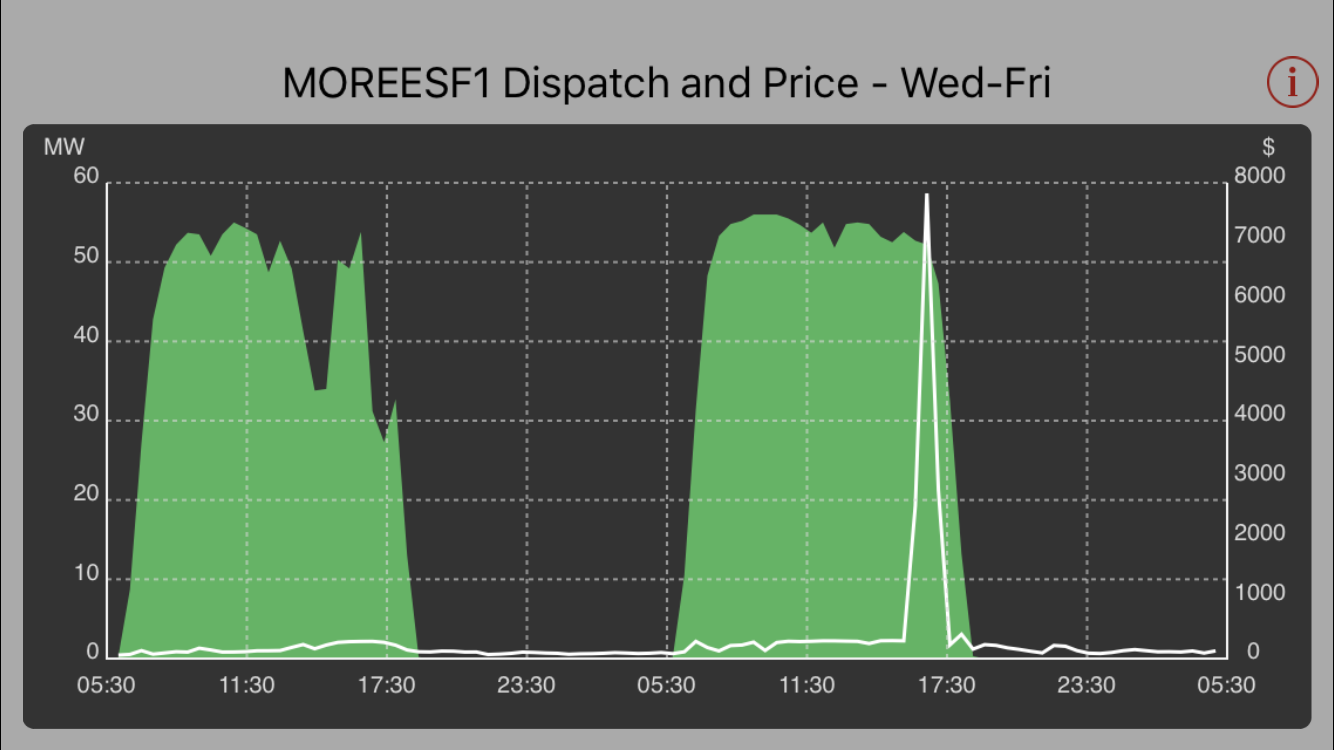
- The first shows the energy produced by the Broken Hill Solar Farm in NSW, which does not have tracking; as can be seen in the second green hump, this solar farm was unable to capitalise off the afternoon price spike mentioned above (and represented by the white line in the chart). (Admittedly, appears that production from the farm was clipped – probably by incoming cloud cover – around the time of the spike, but it also appears that production would have been declining at that point anyhow.
- Battery storage: Once prices come down sufficiently, a small to medium-sized battery bank on a solar farm could serve two purposes.
- 1) ‘Solar smoothing’ to fill in gaps in the production curve throughout the day, and
- 2) More flexibility in the timing of energy export; some solar production could be shunted into batteries in anticipation of a high price event in the late afternoon.
- Western orientation: A riskier option for a solar farm could be to orientate all the solar panels westward to make better use of the sun during periods where price spikes are likely to occur. The major downside in this case, however, would be an overall smaller energy yield than what would be possible with simple, north-facing fixed-tilt mounting. The decrease in yields would need to be offset by greater revenues achieved through exporting solar power later in the day (which requires a bit of a gamble).
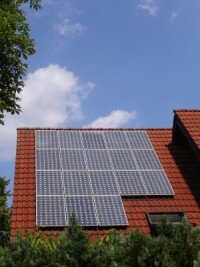 Rooftop solar systems
Rooftop solar systems
The biggest hurdle for small-scale system owners – who are not large enough to register on the NEM – is finding a way to access the wholesale spot market price. As it stands now, the primary way that residential and small-scale commercial solar system owners benefit from having panels is by self-consuming the energy they produce. In fact, there is little incentive for them to ever inject their solar energy into the grid, where it would earn them only a 6-8c/kWh bill credit in most instances.
At the time of writing, the only way that small-scale solar system owners can benefit from high spot market prices is by installing battery storage with Reposit Power technology and signing up with an electricity retailer who works with Reposit’s technology to offer GridCredits.
The GridCredits system allows battery system owners to send their stored energy into the grid when spot prices are high in order to receive a premium. In the case of the GridCredits100 plan offered through Diamond Energy, the reward is $1/kWh for exported energy whenever there is a GridCredits event, but Reposit has indicated that the number of electricity retailers who offer GridCredits-compatible plans will expand significantly in the near future.
We anticipate that programs like this will become more commonplace as home battery storage gains steam in Australia – and are hopeful that another electricity retailer offers a solar feed-in tariff based on the wholesale spot market price after the shuttering of Urth Energy earlier this month.
Get a comparison of quotes from solar & battery provider in your area.
Top image via Bureau of Meteorology.
© 2017 Solar Choice Pty Ltd
- Solar Power Wagga Wagga, NSW – Compare outputs, returns and installers - 13 March, 2025
- Monocrystalline vs Polycrystalline Solar Panels: Busting Myths - 11 November, 2024
- Solar Hot Water System: Everything You Need to Know - 27 February, 2024
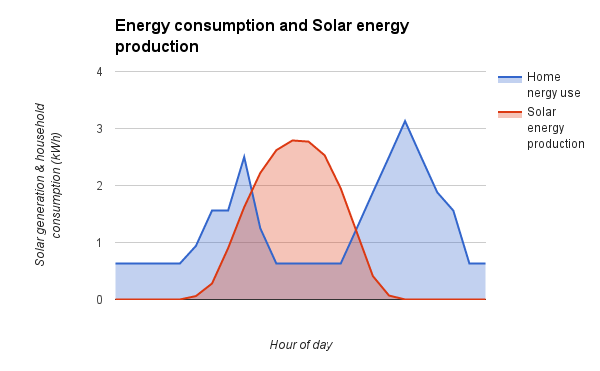
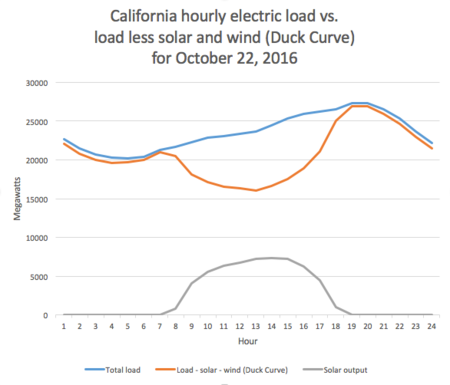
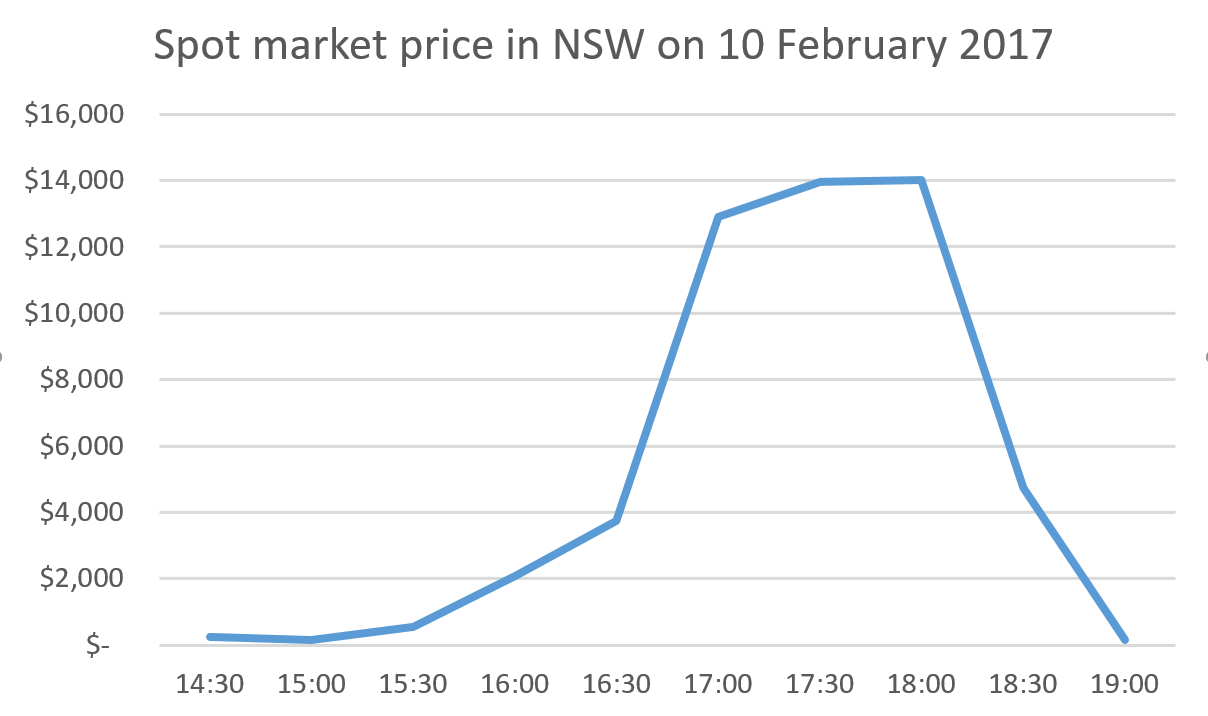
A very informative blog. Thanks for sharing this especially on the part “How can solar generators take advantage of spot price spikes”.
A few solutions which would have significant hot-day effects:
Enforced standards for commercial refrigeration.
Greater uptake of residential and commercial insulation.
Single axis tracking.
A second Basslink cable to increase Tasmania’s ability to provide peak supply to the NEM.
The location of more large solar generation westwards to spread the curve to the right.
Much greater uptake of residential battery storage.
And hopefully, a system to transfer these financial benefits to those who put them in place.